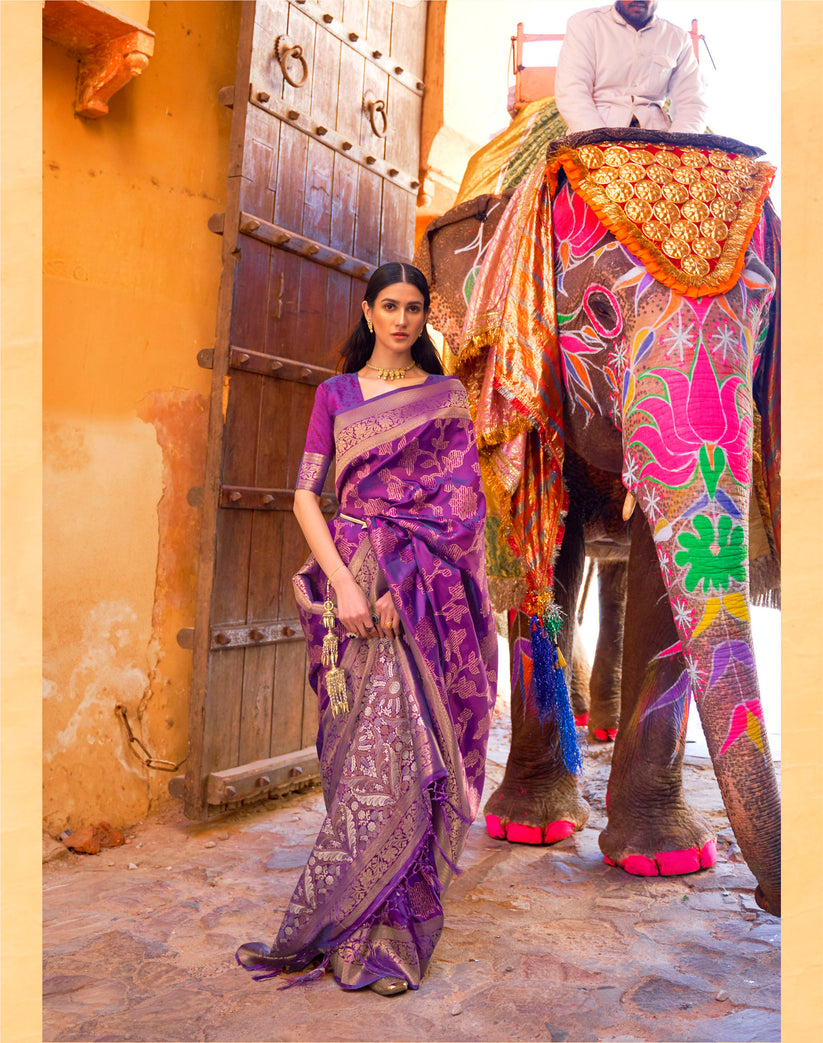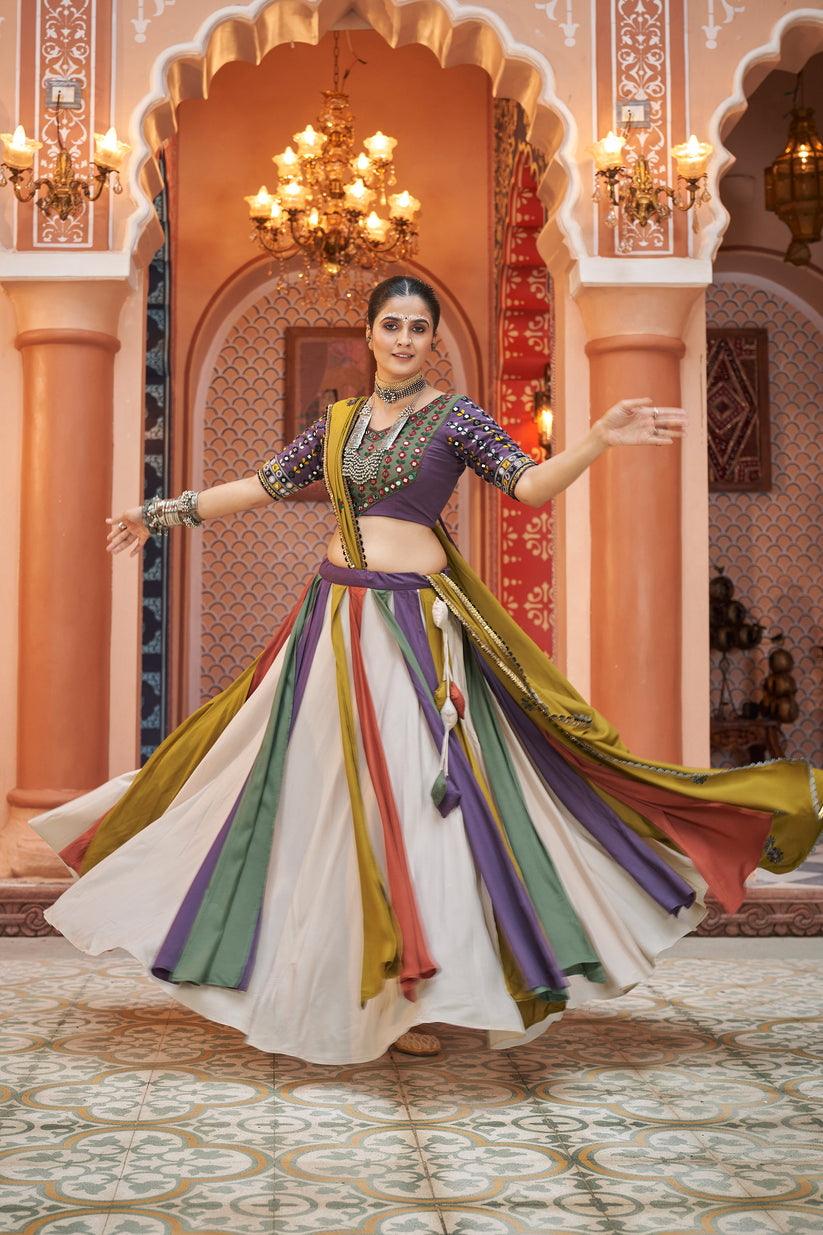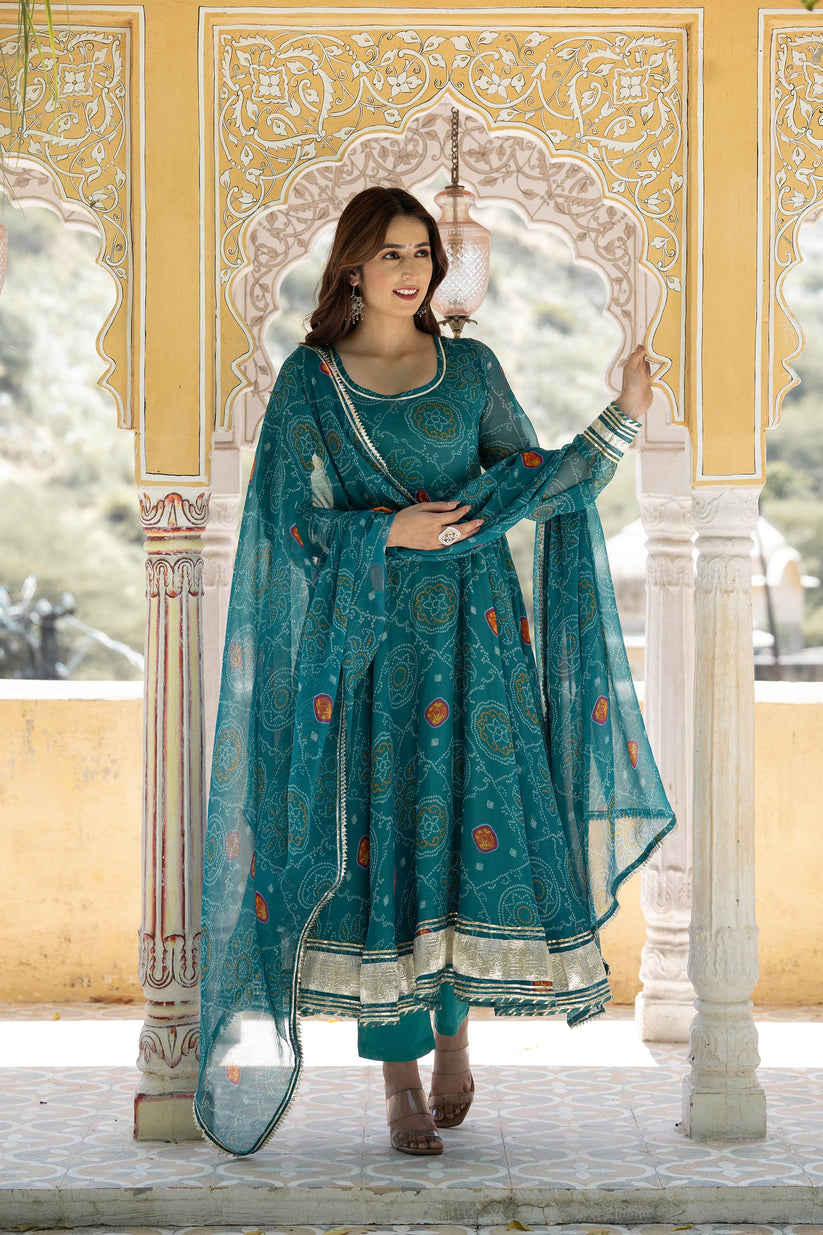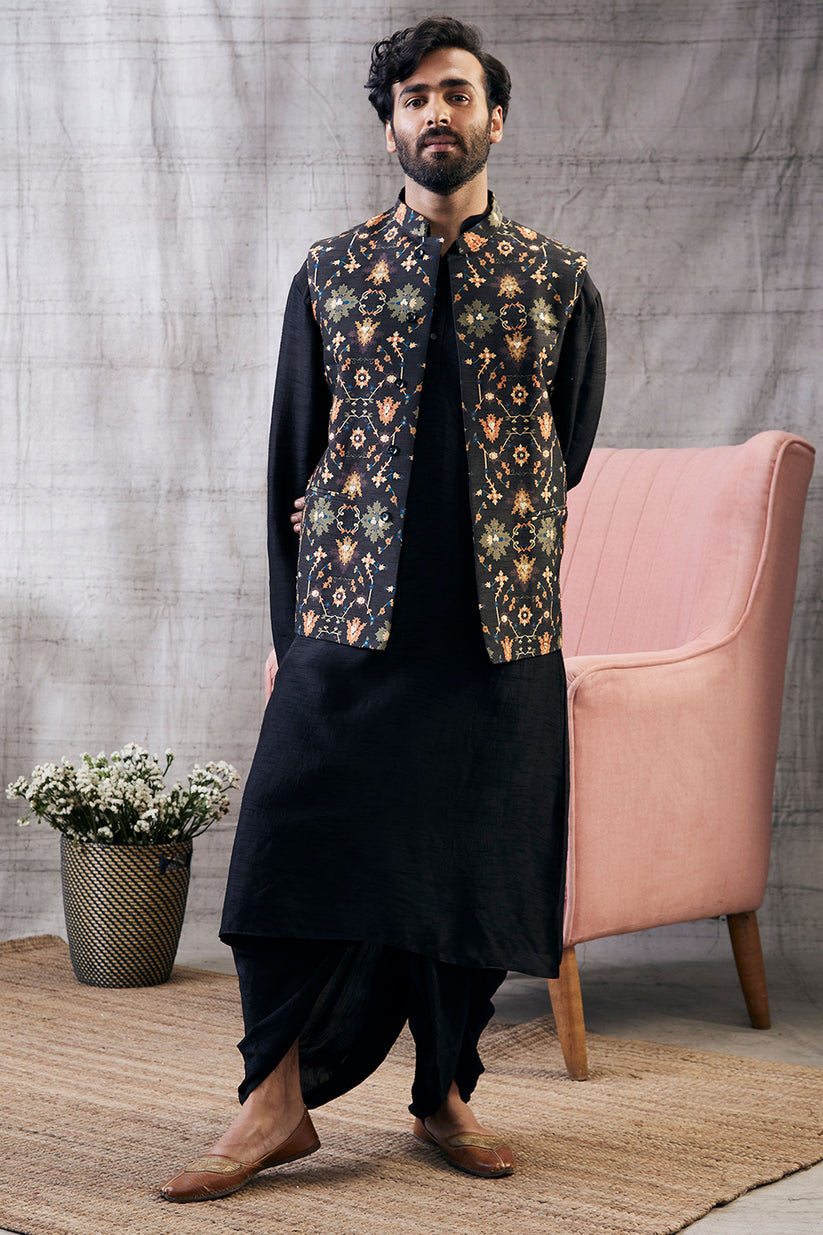Goddess Kushmanda, the fourth form of Goddess Durga, is worshipped on the 4th day of Navratri (Navratri Chaturthi), a sacred day during the vibrant Navratri Festival. This day celebrates the goddess who, according to legend, created the universe with her radiant smile. Devotees offer prayers, recite shlokas, and perform Vedic rituals to honor this powerful Ashtabhuja (eight-armed) goddess, whose golden aura represents spiritual fulfillment, peace, and harmony. Navratri Chaturthi, occurring five days before Dussehra, holds great significance for all who celebrate.

During Navratri 2024, worshippers done in traditional Indian ethnic wear , with Navratri dresses for women such as the Navratri chaniya choli and Ghagra choli Navratri being popular choices. The dandiya dance is a central feature of the celebrations, and many women opt for a colorful dandiya dress for women to fully enjoy the festivities. Whether it’s for puja or dancing, choosing the right Navratri outfit helps embody the spirit of this joyous festival.
The Story of Goddess Kushmanda
According to the Durga Saptshati, Goddess Durga, pleased with her incarnation as Kushmanda, began to live inside the core of the sun, thus earning her the name. As the goddess who resides in the sun’s core, Kushmanda Devi controls the solar system with her divine energy. Her name comes from three Sanskrit words: 'ku' (little), 'ushma' (warmth), and 'anda' (egg), signifying the “little warm cosmic egg” that represents the universe's creation.
Kushmanda is depicted with eight arms holding divine items such as a kamandal, dhanush, bada, and kamal, symbolizing her power. She sits on a lion, representing righteousness and justice.
Navratri Traditions and Rituals
During Navratri 2024, Kushmanda Puja is performed by invoking the goddess with a kalash, followed by strotra path, kawach, and aartis. Devotees offer naivaidhya (offerings), including curd, milk, and halwa as prasad. Worshipping Lord Shiva and Brahma after the Kushmanda Puja is considered auspicious. Devotees believe that Kushmanda blesses them with health, prosperity, and mental peace, while removing sorrows.
This goddess’s favorite offering is pumpkin, and she is believed to bestow 8 siddhis (perfections) and 9 Nidhi's (treasures) to her saadhaks.
Navratri Outfits
Navratri is synonymous with vibrant traditional wear, and this festival is the perfect time to showcase ethnic styles. On the 4th day, when Goddess Kushmanda is worshiped, devotees typically wear green, while the goddess herself is adorned in red. Here's what you can wear during the festival:
Sarees
A traditional saree is one of the most preferred dresses that women like to drape themselves with. This flowing fabric can be accessorized with bangles, light ornaments and ethnic footwear. Ladies can opt for elegant silk, crisp cotton or soft chiffon sarees in orange color or go for a designer label.
Chaniya Choli for Navratri
The Chaniya Choli is a quintessential Navratri dress for women. Available in colorful patterns, this outfit is ideal for Dandiya dance and other celebrations.
Ghagra Choli
Perfect for the festival, a Ghagra Choli offers the perfect blend of traditional elegance and comfort, especially during Dandiya performances.
Salwar Suits
This three-piece outfit provides both comfort and style. Paired with traditional jewelry, it’s ideal for the daily puja.
Opt for vibrant, flowy outfits, such as lehengas or ghagras, that allow ease of movement for Dandiya dance.
Men can dress in classic kurtas or dhoti kurtas paired with mojaris or chappals for a stylish ethnic look.
Hairstyling Tips for Navratri
A well-chosen hairstyle complements your Navratri attire. Women with long hair can opt for a low bun or French plait adorned with gajra. Men can go for sleek combed-back hair or a trendy executive cut to pair with their Indian ethnic wear.
Interesting Facts
The Kushmanda Devi Temple, also known as the 'Monkey Temple', was built in the 17th century by Ahilya Devi in Ghatampur. It's believed that worshiping this goddess helps pacify a maleficent Sun in one's birth chart.
As you prepare for Navratri 2024, remember that this festival is not just about rituals but also a celebration of vibrant culture, colorful Navratri dresses for women, and the joy of Dandiya dance.





